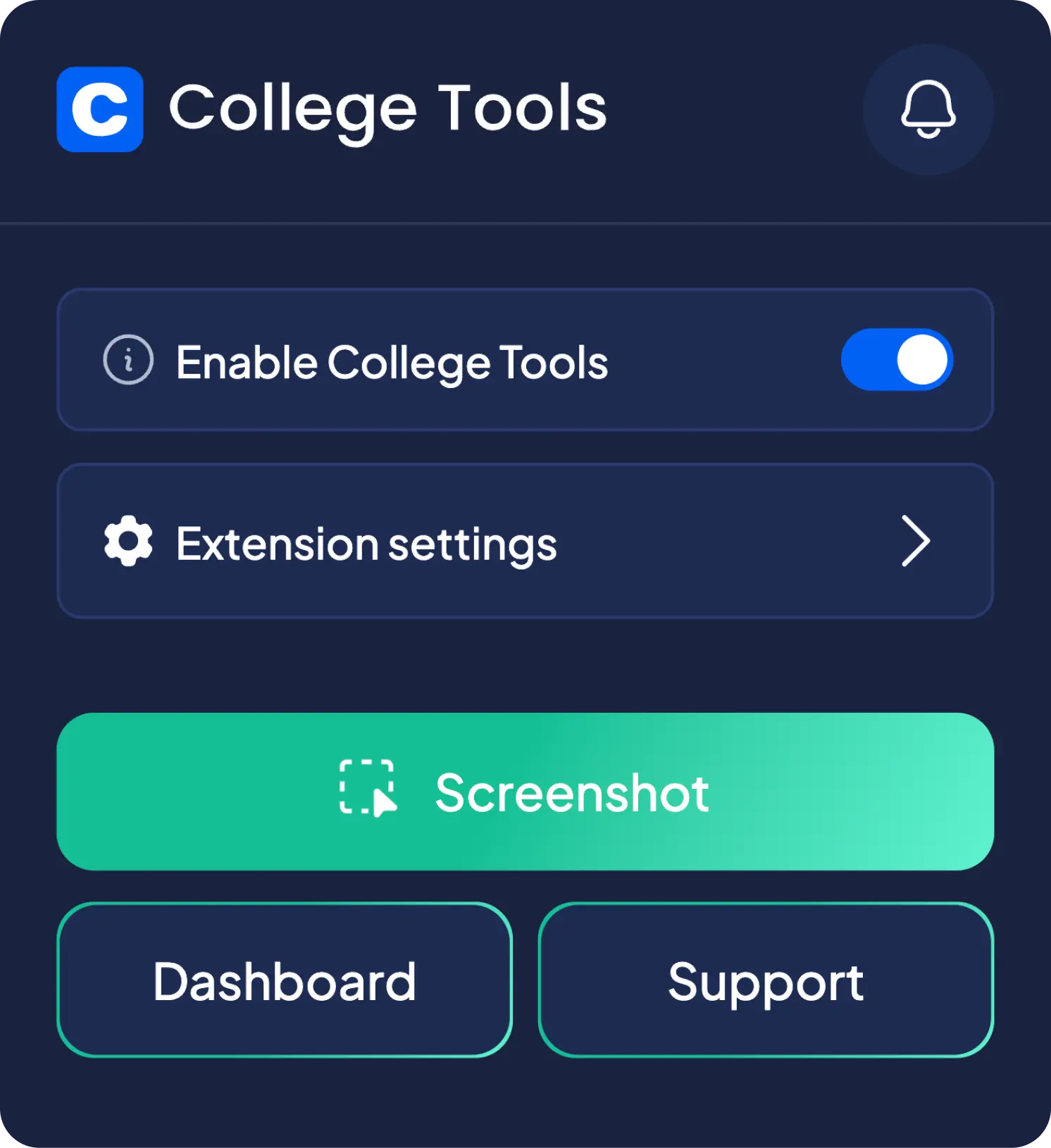Table of Contents
- Understand Your Audience
- Start with a Strong Opening
- Structure Your Content Strategically
- Use Visual Aids Wisely
- Practice, Practice, Practice
- Master the Art of Storytelling
- Enhance Your Memory
- Employ the Power of Pause
- Engage with Your Audience
- Use Technology to Your Advantage
- Keep It Simple
- Manage Your Time
- Fine-Tune Your Body Language
- Deal with Nerves
- Seek Feedback and Reflect
Understand Your Audience
Before you dive into preparing your presentation, it's essential to understand who you're speaking to. Consider the background, interests, and level of knowledge of your audience. Tailoring your presentation to your listeners ensures that your message is clear and engaging, making it more likely that they will remember your points.
Start with a Strong Opening
The beginning of your presentation sets the tone for everything that follows. Start with a strong, captivating opening to grab your audience's attention. Use a startling statistic, an interesting quote, or pose a thought-provoking question. Websites like TED Talks showcase some of the best openings for advice and inspiration.
Structure Your Content Strategically
Organize your presentation in a way that's easy to follow. Start with an introduction, followed by the main body where you tackle your topic in sections or points, and conclude with a memorable closing. Your conclusion should summarize your main points and ideally, leave your audience with something to ponder.
Use Visual Aids Wisely
Visual aids can enhance your presentation, making it more interesting and easier to understand. Use slides, charts, graphs, or videos sparingly to complement your narrative, not to serve as your script. For tips on creating effective slides, check out Harvard Business Review's guide on giving a killer presentation.
Practice, Practice, Practice
Rehearsing your presentation helps you refine your delivery and timing. It also makes you more comfortable with your material, reducing anxiety. Practice in front of a mirror, record yourself, or present to a small group to gather feedback.
Master the Art of Storytelling
Storytelling is a powerful tool in a presenter's arsenal. Stories can make complex information relatable and memorable. When appropriate, weave a narrative through your presentation to connect with your audience on a human level.
Enhance Your Memory
Remembering your key points without constantly referring to notes can be challenging. Use mnemonic devices or the method of loci to improve your memory. Helpful techniques can be found on platforms like Lifehack.
Employ the Power of Pause
Strategic pauses can give your audience time to digest the information and build anticipation for your next point. They also allow you to gather your thoughts and control the pacing of your presentation.
Engage with Your Audience
Make your presentation a two-way interaction by asking questions and encouraging participation. This keeps your audience involved and makes your presentation more dynamic.
Use Technology to Your Advantage
Leverage educational platforms like McGraw Hill Connect to access valuable resources that can enhance your presentation. These platforms provide a wealth of information, including interactive tools and multimedia content that can be integrated into your presentation.
Keep It Simple
Avoid overloading your slides with text or complex diagrams. Remember the 10-20-30 rule for PowerPoint - no more than 10 slides, no longer than 20 minutes, and no text smaller than 30 points.
Manage Your Time
Time management is critical during a presentation. Aim to finish slightly early to allow time for questions and discussion. Use timers or apps to help you stay on track during your practice sessions.
Fine-Tune Your Body Language
Non-verbal communication plays a vital role in how your message is received. Use open body language to seem approachable. Make eye contact, use gestures to emphasize points, and move around the space if possible to engage the audience.
Deal with Nerves
It's normal to feel nervous before a presentation. Use techniques such as deep breathing, visualization, or positive affirmations to calm your nerves and boost your confidence.
Seek Feedback and Reflect
After your presentation, seek feedback to understand what worked and what didn't. Reflect on this feedback to improve your future presentations.








